Club foot can be mild or severe It can be treated successfully without surgery but in some severe cases, surgery is required Club foot is the most common birth defect affecting the legs as it occurs in 1 to 4 of every 1,000 live births especially in firstborn children and males Cause of Club foot The causes of club foot is unknown In some cases, stress reactions and fracture of the lateral bones of the foot and ankle may also occur as a result of cavovarus deformity of foot Anatomically speaking, the foot gets its stability and balance because of three major structures which are the calcaneus, the first metatarsal head and the fifth metatarsal headHowever, high arches— particularly if they are flexible or properly caredfor—may be an asymptomatic condition citation neededPeople with pes cavus sometimes—though not always—have difficulty finding shoes that fit and may require support in
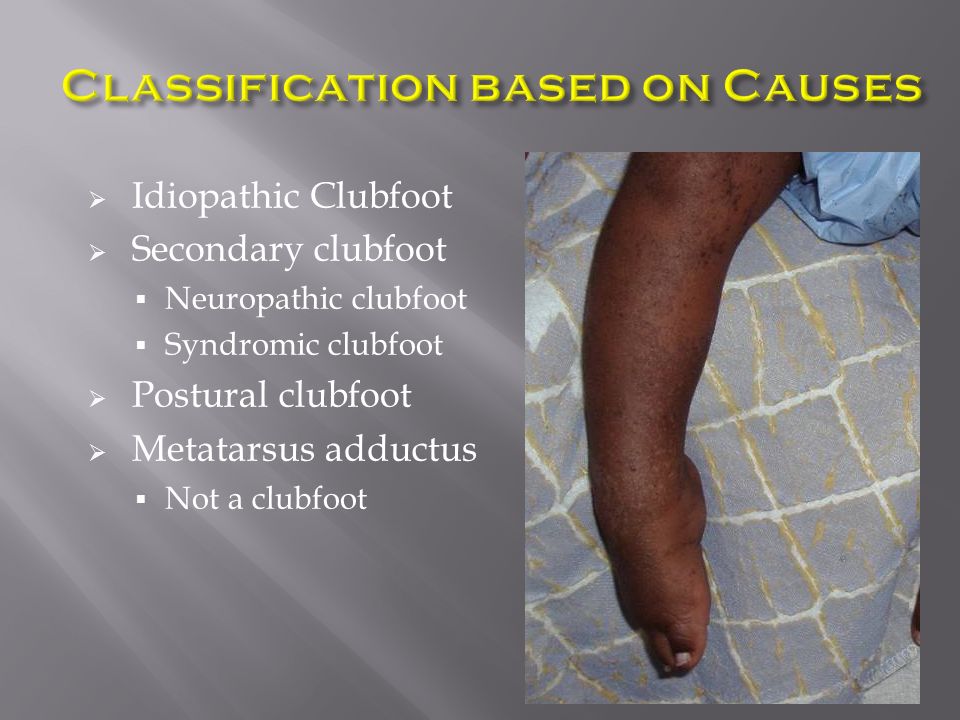
Management Of Neglected Club Foot Ppt Video Online Download
Causes of acquired club foot
Causes of acquired club foot- Claw toes are not usually not dangerous by themselves, but they can cause other complications, such as corns Calluses (also known as corns) Claw toes can force the foot into a position that causes the shoe to put pressure on the other structures of the foot This may cause calluses or corns to form, especially on the ball of the foot or theParticipants have an implied responsibility to use the newly acquired information to enhance patient outcomes and their own professional development



1
The most common cause of acquired Adult Flatfoot is due to overuse of a tendon on the inside of the ankle called the posterior tibial tendon This is classed as – posterior tibial tendon dysfunction What are the causes of Adult Acquired flat foot?However, it is not requiredClub Foot Causes We at premier hospital have an experienced doctors to get Clubfoot typically doesn't cause any problems until your child starts to stand and walk The following are the most common causes of club foot Club foot, also known as talipes, is a congenital problem, which means that it is present at birth
Club foot is caused by genetic abnormality but the exact reason what causes this congenital defect is not known It can be mild or severe Club foot is the most common congenital disorder of the legs that can range from mild to severe During the development of the fetus there will be abnormal structuring and position of theNo one really knows what causes the deformity Most commonly, it is an isolated congenital birth defect and the cause is idiopathic (unknown) Clubfoot is a birth defect that causes a child's foot to point inward instead of forward The condition is normally identified after birth, but doctors can also tell if
Many foot problems can be contributed to Adult Acquired Flatfoot Deformity (AAFD), a foot and ankle condition that causes fallen arch of the foot AAFD is also referred to as Posterior Tibial Tendon Dysfunction (PTTD) The posterior tibial tendon serves as the principal supporting structure of your foot Werner recommends resolving an adult horse's club foot as much as possible through therapeutic farriery and trimming at fourweek intervals, rather than observing the more common sixweek intervalClub foot is a congenital or acquired flexural deformity of the distal interphalangeal joint (DIPJ) in young horses and a hoof capsule distortion as a result of shortening of the deep digital flexor musculotendinous apparatus Most club feet are handled while the horse is young An acquired club foot as an adult is most likely caused by chronic lameness or an injury
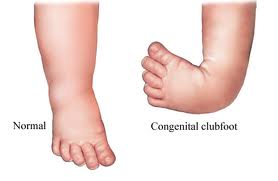



Introduction To Clubfoot Physiopedia




Club Foot Osmosis
Cause Of Acquired Flat Foot Overview Collapsed arches occur in five percent of adults 40 years and older, especially those who are overweight or maintain sedentary lifestyles At the onset of the condition, adult acquired flatfoot can be controlled with antiinflammatory medications, physical therapy, taping, bracing, and orthotics Causes Of Acquired Flat Foot Deformity chasehiuctkdzou Adult Aquired Flat Foot Leave a comment Overview Flatfoot may sound like a characteristic of a certain water animal rather than a human problem Flatfoot is a condition in which the arch of the foot is fallen and the foot is pointed outwardFamily studies and the cause of congenital club foot talipes equinovarus, talipes calcaneovalgus and metatarsus varus



Clubfoot Orthoinfo os




Clubfoot Boston Children S Hospital
Club Foot Causes Common causes of club foot The exact cause of club foot is not known There may be a genetic link, as it can run in families Common causes of club foot We at premier hospital have an experienced doctors to get Club foot is the most common congenital disorder of the legs that can range from mild to severeClub Foot Causes and Symptoms of Clubfoot from 2bpblogspotcom Find out how it can be treated Clubfoot is a defect in which the foot is twisted out of shape or its position during birth Causes Of Acquired Flat Foot Deformity Overview There's an easy way to tell if you have flat feet Simply wet your feet, then stand on a flat, dry surface that will leave an imprint of your foot A normal footprint has a wide band connecting the ball of the foot to the heel, with an indentation on the inner side of the foot




Clubfoot Boston Children S Hospital




A Rigid Bilateral Clubfoot In A Patient With Spina Bifida B Note The Download Scientific Diagram
However, in some patients, cavus foot can be due to neuromuscular diseases that cause muscle contractures that draw the ball of the foot closer to the heel Neurologic conditions causing cavus foot deformity include CharcotMarieTooth disease (CMT accounts for 50% of the neurologic cases), cerebral palsy, clubfoot, poststroke paralysis, spina bifida, muscular The Incidence of Acquired Flexural Deformity and Unilateral Club Foot (Uneven Feet) in Thoroughbred Foals Back to Table of Contents Add to My LibraryClub foot description Deformations of the foot symptoms Causes and risk factors Examinations and diagnosis treatment Disease course and prognosis Clubfoot description The clubfoot is a deformity of the foot caused by lack of muscle power The foot is
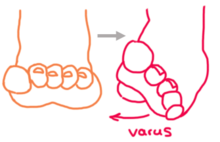



Clubfoot Wikipedia



1
Trauma, Fracture or dislocation Tendon rupture, partial tear or inflammation Tarsal Coalition{{{What IsWhat Exactly IsWhat'S} {Adult Aquired {Flat VOSigns and symptoms Pain and disability As with certain cases of flat feet, high arches may be painful due to metatarsal compression;




Club Foot Osmosis




Club Foot Congenital Talipes Equinovarus About Club Foot Patient
Posterior tibial tendon insufficiency (also called posterior tibial tendon dysfunction or adult acquired flatfoot) literally means the failure of the posterior tibial tendon However, this condition also involves the failure of associated ligaments and joints on the medial (inner) side of the foot and ankle This results in collapse of the arch Club foot present as an inturn of one foot or both feet Diagnosis The condition can be diagnosed inutero via ultrasound or at birth Visual identification of club foot is all that is needed for diagnosis Treatment There are two treatments currently used to treat club foot – the Ponseti Method and surgery Art Club Cameras Uncontrolled firing from Russian module causes brief 'tug of war' on The thrusters reoriented the footballfieldsized laboratory's position by




Meningomyelocele With Unusual Feet Deformity Combination A Report Of A Rare Case Sciencedirect




Club Foot Osmosis
Underlying Causes Genetic Mendelian Part of a genetic syndrome, 11% with isolated club foot on prenatal ultrasound had additional findings at birth;Causes of Club Foot in Horses The deep flexor tendon is shorter than the bones causing a pulling on the coffin bone in the hoof which causes a Congenital deformity at birth (occurring within the mare's uterus) likely due to multiple factors Acquired flexural deformity (club foot develops afterCauses of congenital club foot Clubfoot is a complex, congenital deformity of the foot also known as 'congenital talipes equinovarus' (CTEV) caused by the abnormal development of a baby's bones, ligaments and muscles whilst in the womb (1)Visually, the foot affected by clubfoot appears to be twisted inwards and downwards




Clubfoot Orthopaedia




Clubfoot Causes Symptoms And Diagnosis
Congenital or acquired foot deformities constitute a more or less pronounced deviation from the normal foot shape They fundamentally impair body statics Knee problems and other complaints often result In order to prevent the condition from deteriorating, it is important to treat the cause In most cases there is an underlying foot instability, which can be significantly improved throughCavovarus foot deformity, which often results from an imbalance of muscle forces, is commonly caused by hereditary motor sensory neuropathies Other causes are cerebral palsy, cerebral injury (stroke), anterior horn cell disease (spinal root injury), talar neck injury, and residual clubfoot In cavo Causes Of Acquired Flat Foot Overview Some people have always had flat feet from a young age Unfortunately as people reach their fifties they will suddenly have one foot with a flatter arch than the other foot This situation is termed adult acquired flatfoot




Clubfoot Wikipedia




The Adult Sequelae Of Treated Congenital Clubfoot Foot And Ankle Clinics
Overview Adult flatfoot refers to a deformity that develops after skeletal maturity is reached Adult flatfoot should be differentiated from constitutional flatfoot, which is a common congenital nonpathologic foot morphology There are numerous causes of acquired adult flatfoot, including fracture or dislocation, tendon laceration, tarsal coalition, arthritis, neuroarthropathy, Causes of a foot deformity Foot deformities can be acquired or congenital Lifestyle habits Acquired foot disorders may arise because of wearing illfitting footwear, such as hammertoes and bunions, or because of gaining a lot of weight swiftly (bone spurs) Injury If you've broken one or several toes, for example, you are more likely than others to develop a conditionOping clubfoot and a foot that is upright from excessive wear at the toe The latter is a selflimiting problem as long as lameness is not severe or from abscessation If lameness is present, a protective device over the toe will generally alleviate the problem once the



Clubfoot Orthoinfo os
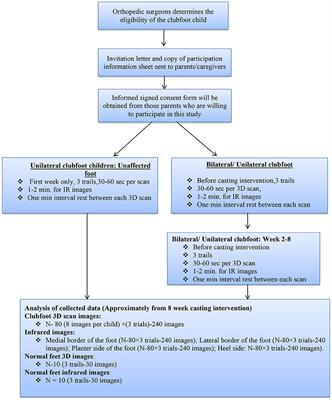



Frontiers Developing A Three Dimensional 3d Assessment Method For Clubfoot A Study Protocol Physiology
SHARE Although clubfoot is one of the most common congenital birth defects, few genetic causes have been found Now, researchers at Washington University School of Medicine in St Louis have found what they believe to be the most common cause ofClub foot is a condition that affects roughly one in every 1,000 babies born in the ukbut what is club foot does the covid vaccine cause period problems?In some cases, adult acquired flatfoot can also be caused by an injury or tear to the ligaments of the foot An injury to the middle of the foot, called a Lisfranc injury, can cause the foot to become flat This injury may be very painful Injuries to the back of the foot and fractures of the bones in the foot can also cause flatfoot to develop



1




Clubb Foot
Causes of an adult acquired flatfoot may include Neuropathic foot (Charcot foot) secondary to Diabetes mellitus, Leprosy, Profound peripheral neuritis of any cause Degenerative changes in the ankle, talonavicular or tarsometatarsal joints, or both, secondary to Inflammatory arthropathy, Osteoarthropathy, Fractures, Acquired flatfoot resulting from loss of the supportingSist more of a weakness in the foot than pain However, pain eventually returns when the deformity progresses Diagnosis The diagnosis of AAFD is based on patient history, physical examination, and standing radiographs of the foot and ankle Magnetic resonance imaging may confirm the tendon pathology;Causes of club foot In most cases the cause of club foot is not known There may be a genetic link, as it can run in families If you have a child with a club foot or feet, your chance of having a 2nd child with the condition is about 1 in 35 If 1 parent has a club foot, there's about a 1 in 30 chance of your baby having it




Clubfoot Foot And Ankle Deformities Principles And Management Of Pediatric Foot And Ankle Deformities And Malformations 1 Ed




Scielo Brasil Pe Torto Congenito Pe Torto Congenito
Ponseti attributed the cause of atypical clubfeet to the very shortened and fibrotic tendoachilles, contracted deep plantar intrinsic muscles, and tight ligaments within the foot This pathoanatomy allows the forefoot adduction to be easily corrected with casts, but causes the metatarsals to remain in severe plantarflexion Find out the reason for club foot, a birth defect where one or both feet are rotated inward and downward Discover treatment methods Claw foot Claw foot is a deformity of the foot The joint of the toe that is closest to the ankle is bent upward, and the other joints are bent downward The toe looks like a claw Claw toes may be present at birth (congenital)




Clubfoot Causes Symptoms And Diagnosis
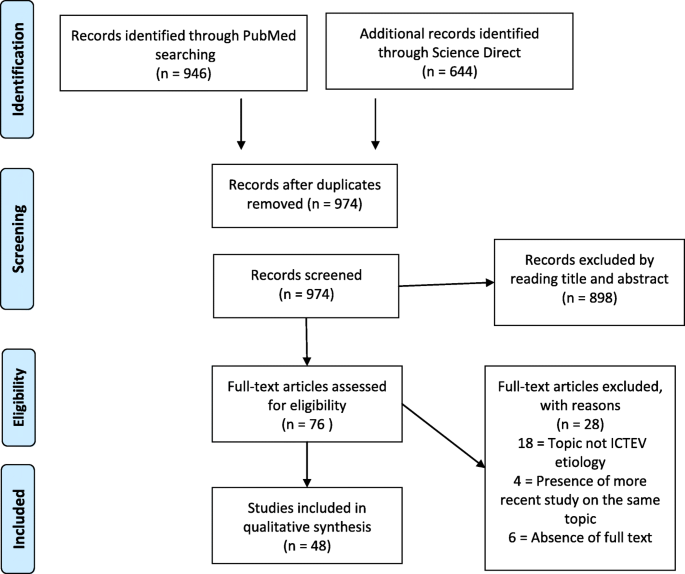



The Etiology Of Idiopathic Congenital Talipes Equinovarus A Systematic Review Journal Of Orthopaedic Surgery And Research Full Text
In order to test the possibility that neuromuscular abnormality is the fundamental cause of congenital club foot, a total of 90 Expand




Clubfoot Wikipedia




Challenging Clubfeet The Arthrogrypotic Clubfoot And The Complex Clubfoot Journal Of Children S Orthopaedics




Understanding Club Foot The Horse Owner S Resource



1




Club Foot Talipes Equinovarus Ppt Download




Club Foot Pathoanatomy Made Easy The Young Orthopod Youtube
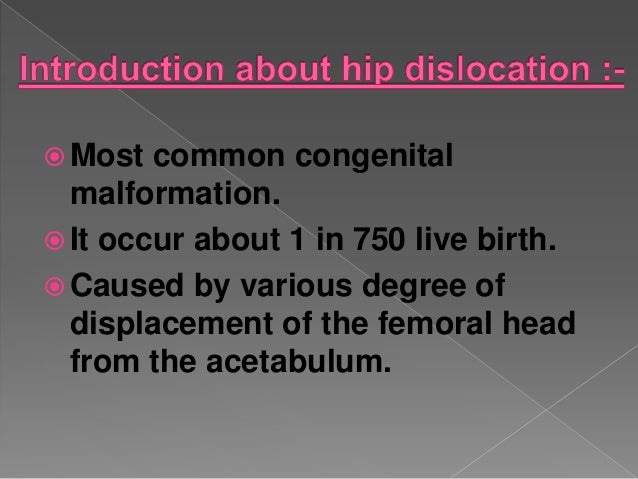



Club Foot
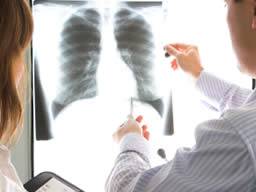



Clubfoot Causes And Treatments
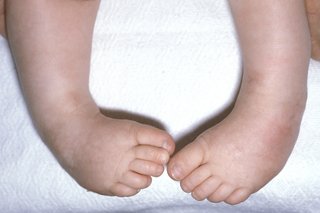



Club Foot Nhs




What Is Clubfoot And How Is Diagnosed And Treated Orthopaedia



Clubfoot Orthoinfo os
.jpg)



What Causes Clubbing Of The Fingers Or Toes




Ppt Club Foot Powerpoint Presentation Free Download Id




The 17 Abjs Nicolas Andry Award Advancing Personalized Medicine For Clubfoot Through Translational Research Springerlink
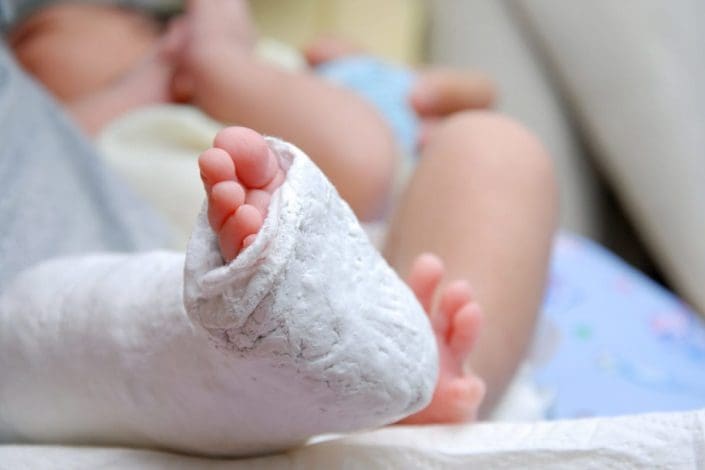



What Is Clubfoot Symptoms And Treatment Familydoctor Org
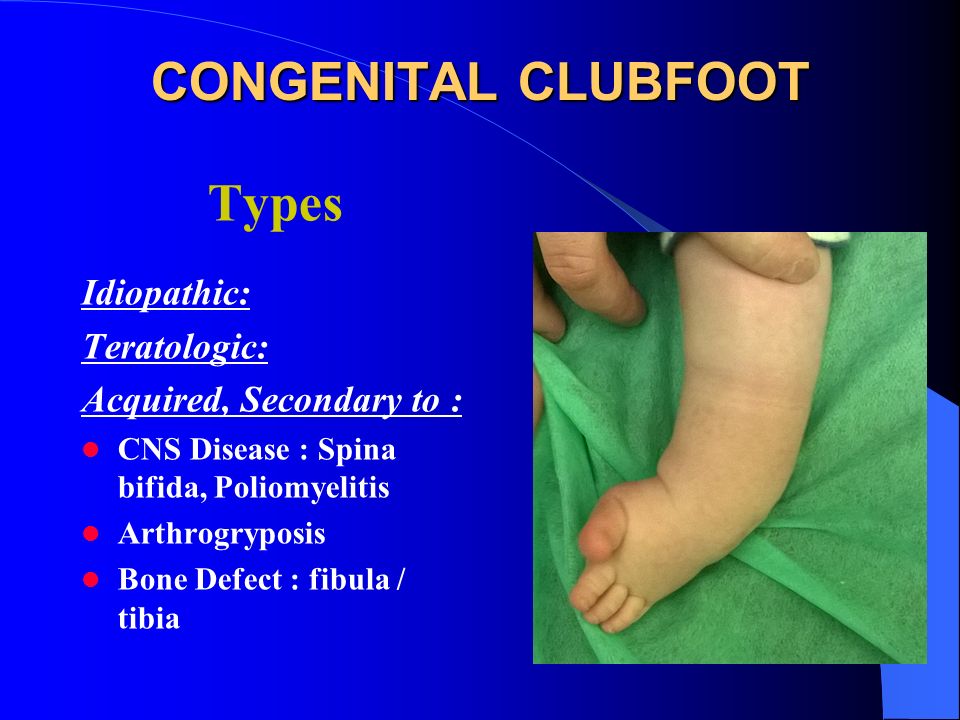



Congenital Clubfoot Congenital Talipes Equino Varus Ppt Video Online Download
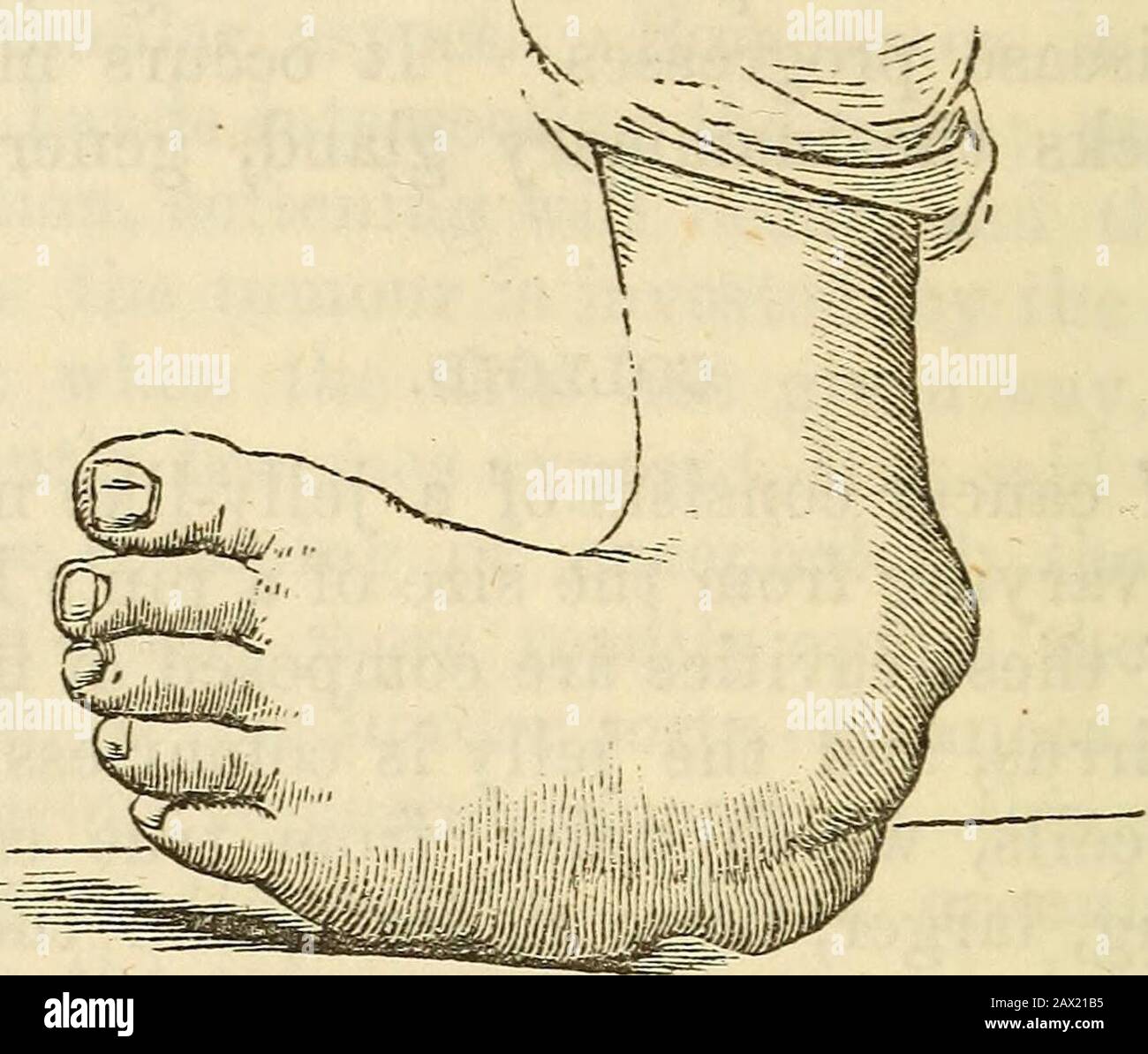



A Hand Book Of Surgery With Fifty Illustrations Ectic Club Foot This Deformity May Be Either Congenital Or Acquired The Con Genital Form Is Dependent Upon Some Disturbance Of The Cerebro Spinal System That Produces




Congenital Clubfoot Www Medicoapps Org
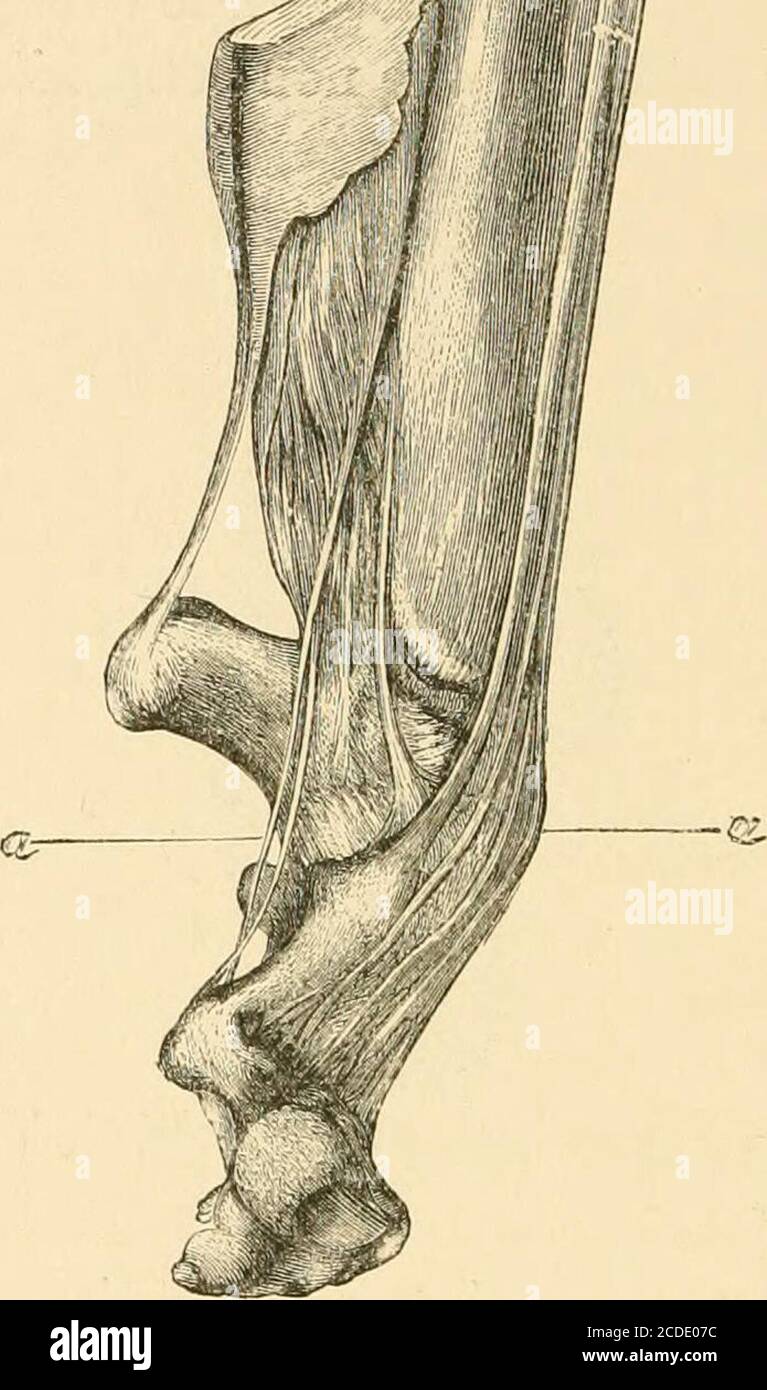



The Surgical Treatment Of The Common Deformities Of Children Fig 66 Acquired Spastic Equinus Club Foot Adams Ties May Arise From A Number Of Different Causes Maf Be Sp
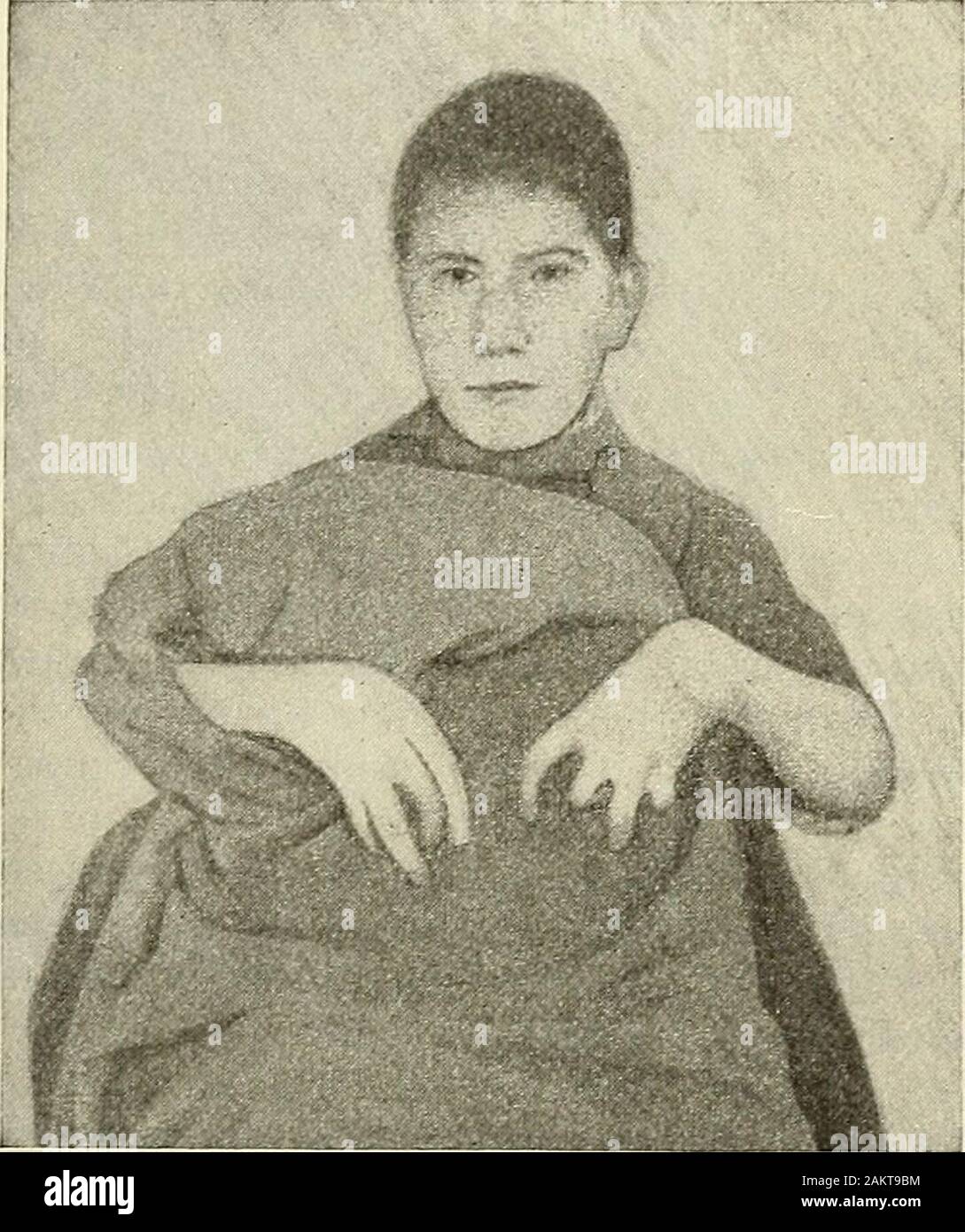



Modern Surgery General And Operative On Bytenotomy Or Osteotomy Or By Bone Grafting Talipes Club Foot Is A Permanent Deviation Of The Foot Into Deformity There Are Several Forms Talipes Equinus Fig 473 Is
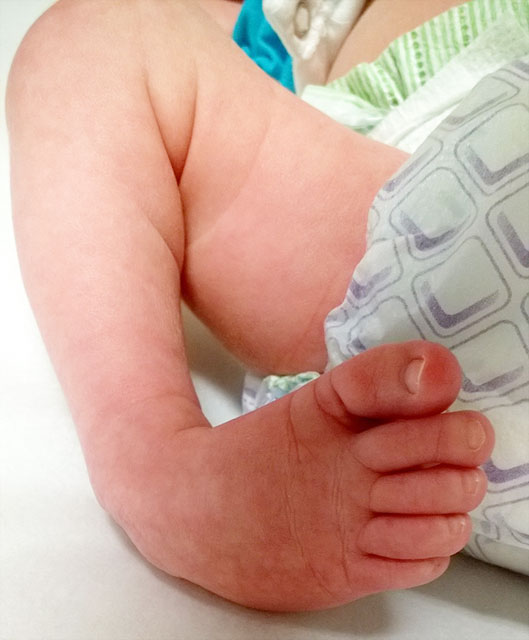



Clubfoot Johns Hopkins Medicine
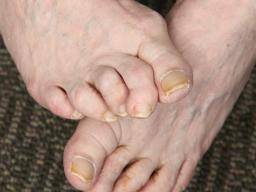



Clubfoot Causes And Treatments




Club Foot Osmosis




Club Foot Nhs



Clubfoot Orthoinfo os
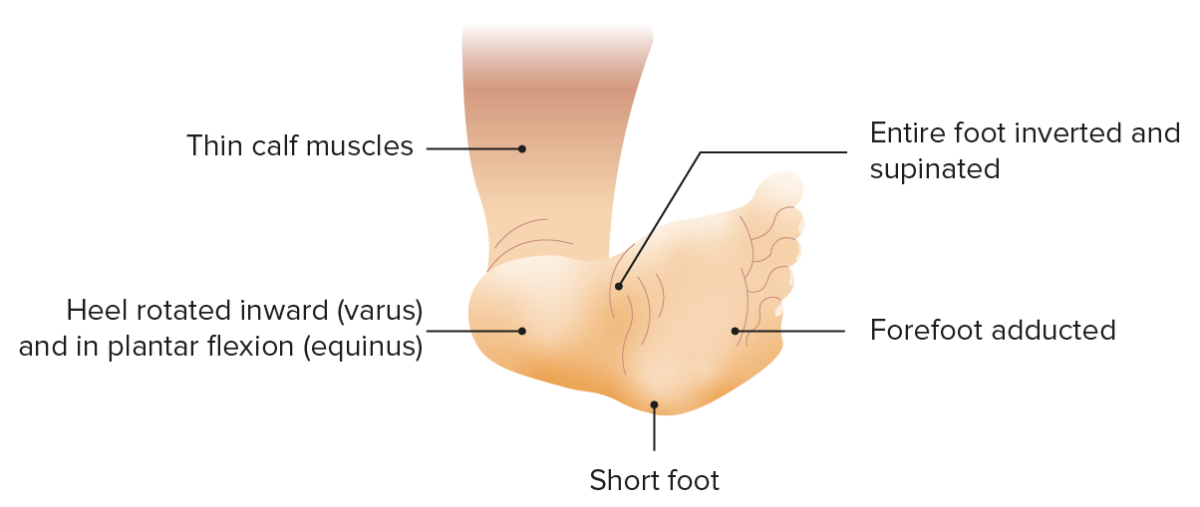



Foot Deformities Concise Medical Knowledge




Clubfoot Wikipedia




To Parents Of Children Born With Clubfeet University Of Iowa Stead Family Children S Hospital
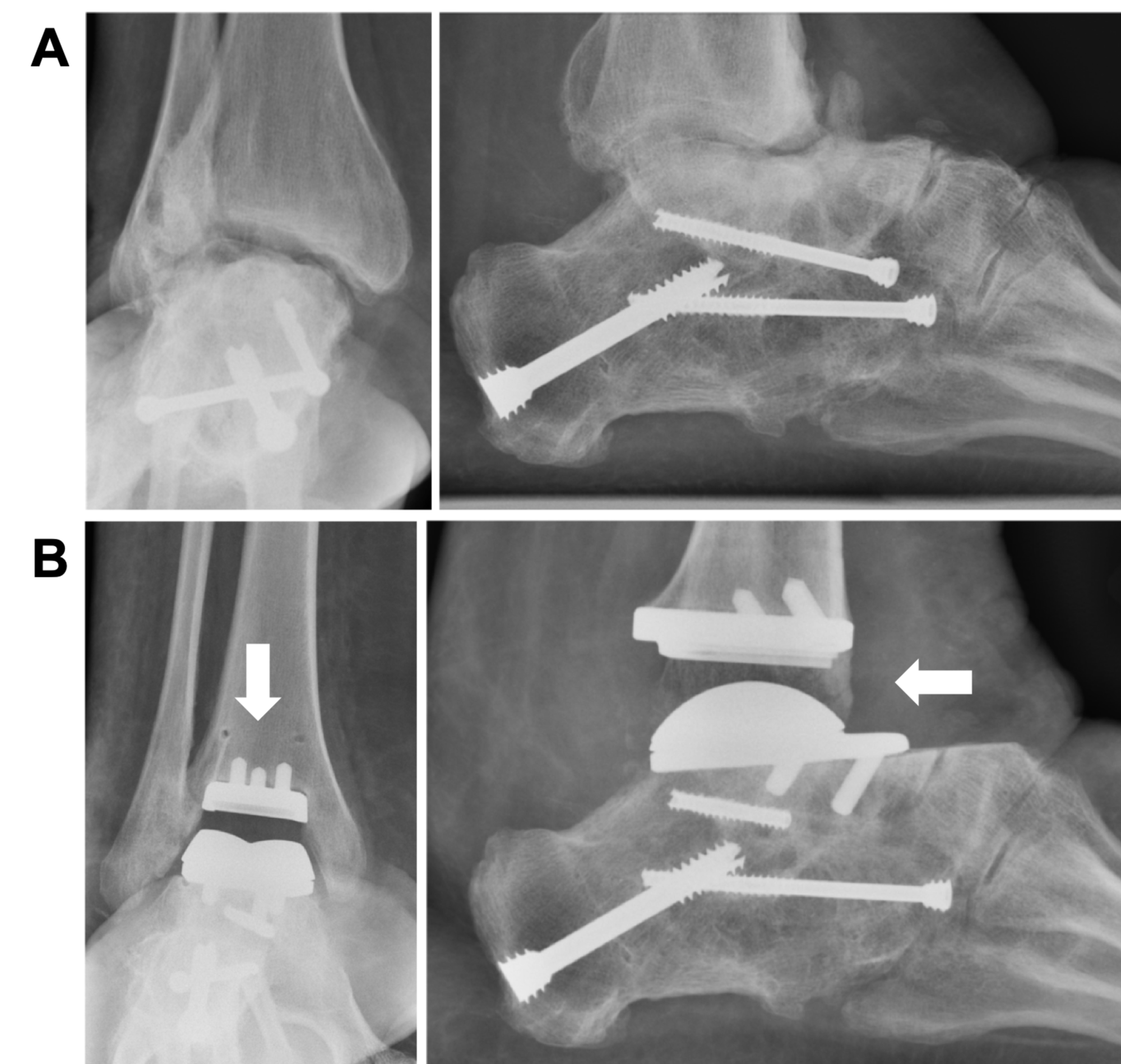



Cureus Arthrodesis Of The Foot Or Ankle In Adult Patients With Congenital Clubfoot




Management Of Neglected Club Foot Ppt Video Online Download
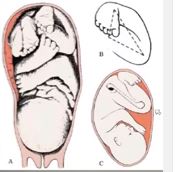



Introduction To Clubfoot Physiopedia




Clubfoot Foot And Ankle Deformities Principles And Management Of Pediatric Foot And Ankle Deformities And Malformations 1 Ed




A Rigid Bilateral Clubfoot In A Patient With Spina Bifida B Note The Download Scientific Diagram



Clubfoot Symptoms Stages Definition Description Demographics Causes And Symptoms Diagnosis



Clubfoot Orthoinfo os
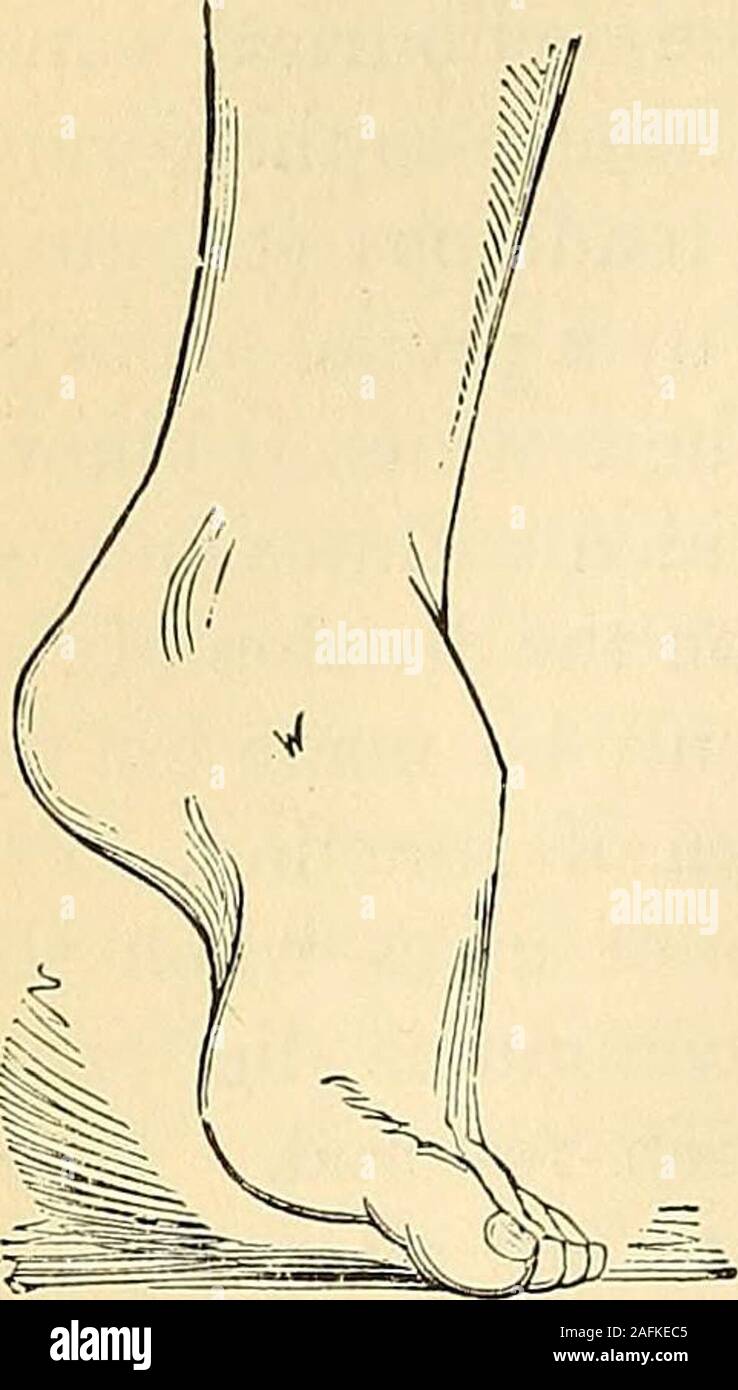



The Principles And Practice Of Surgery Talipes Valgus 4g4 Club Foot Talipes Equinus Cus And Peroneus Tertius Or By Contraction Of The Muscles Which Termi Nate In The Tendo Achillis As In Cases




Flatfoot Pes Planus Treatment Symptoms Shoes




Understanding Club Foot The Horse Owner S Resource




Does Idiopathic Congenital Talipes Equinovarus Have An Impact On Attainment Of Developmental Milestones A Multicentre International Study Journal Of Children S Orthopaedics




Congenital Clubfoot Congenital Talipes Equino Varus Ppt Video Online Download




Clubfoot Causes And Treatments
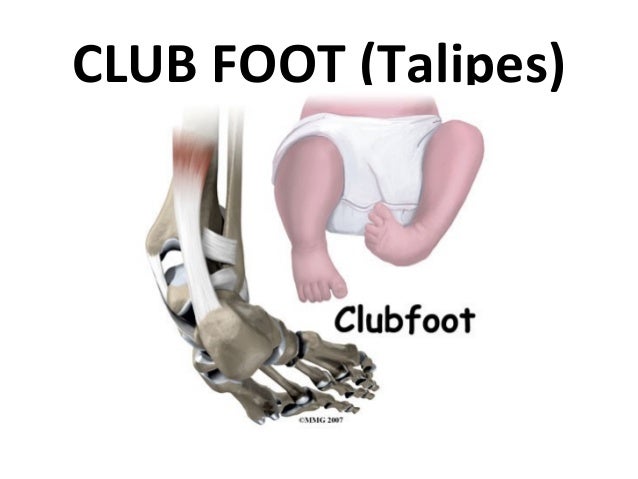



Club Foot 1
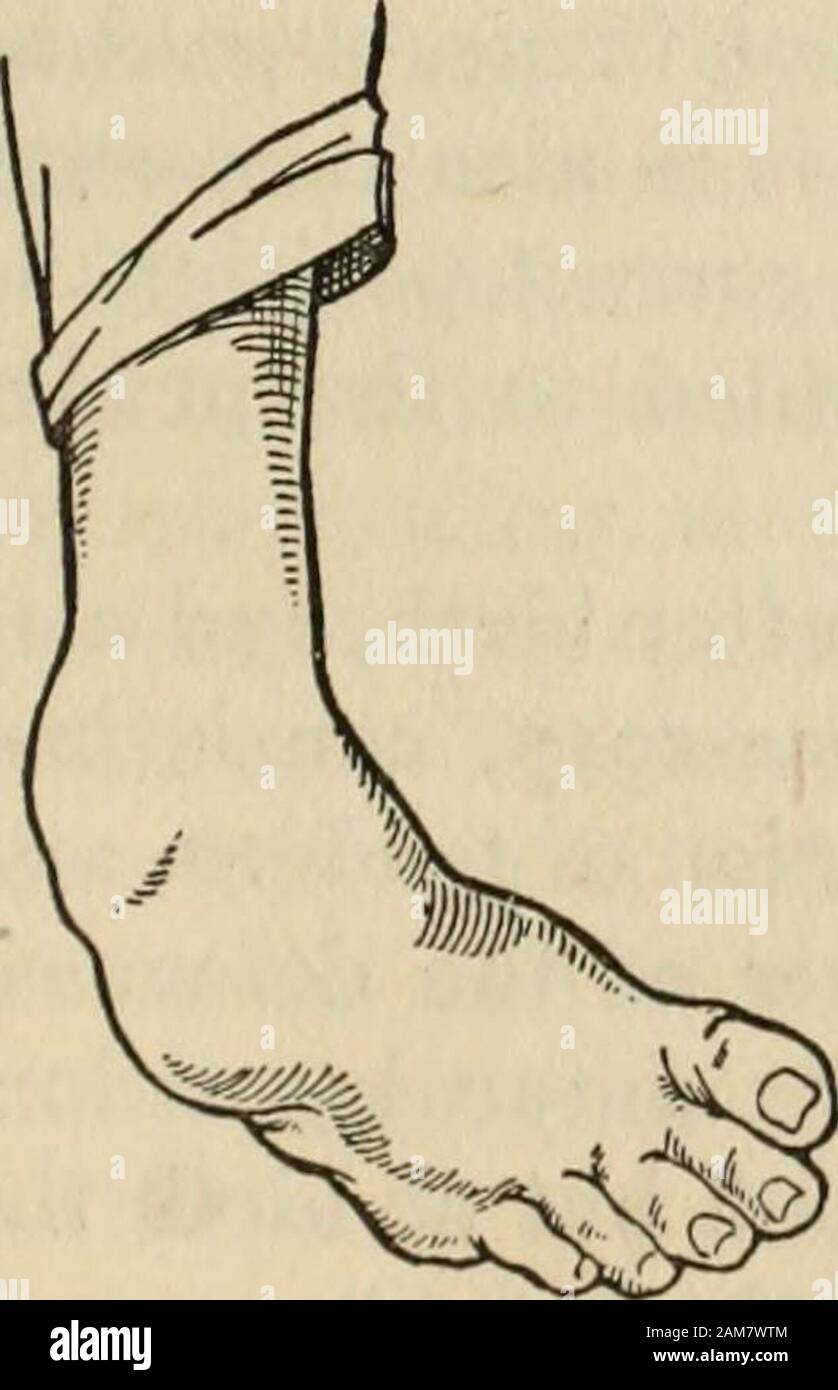



Health Knowledge A Thorough And Concise Knowledge Of The Prevention Causes And Treatments Of Disease Simplified For Home Use Talipes Equinus Talipes Equino Varus These Are Usually Com Bined The Heel Being




Club Foot
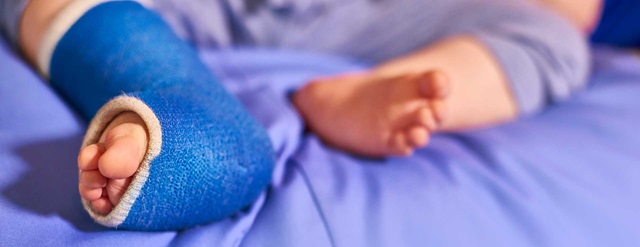



Clubfoot Johns Hopkins Medicine




Challenging Clubfeet The Arthrogrypotic Clubfoot And The Complex Clubfoot Journal Of Children S Orthopaedics




Foot Deformities Knowledge Amboss
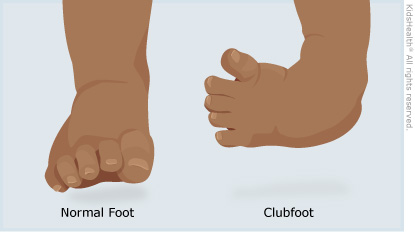



Clubfoot For Parents Nemours Kidshealth




Acquired Spastic Equinovarus Deformity Foot Ankle Orthobullets




Clubfoot Wikipedia
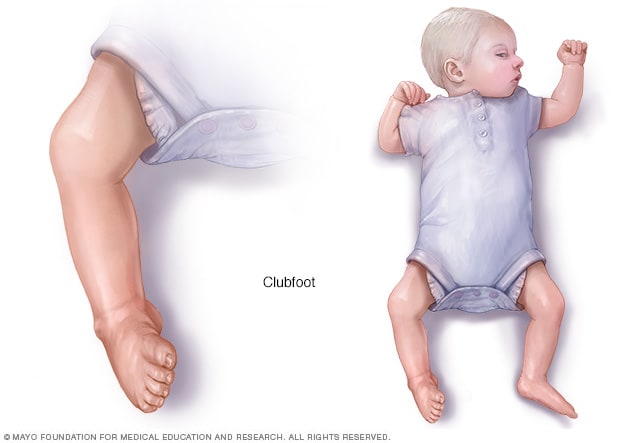



Clubfoot Symptoms And Causes Mayo Clinic



Foot Deformity Club Foot Is Commonest Congenital Deformity



1




The Pbs Score A Clinical Assessment Tool For The Ambulatory And Recurrent Clubfoot Journal Of Children S Orthopaedics
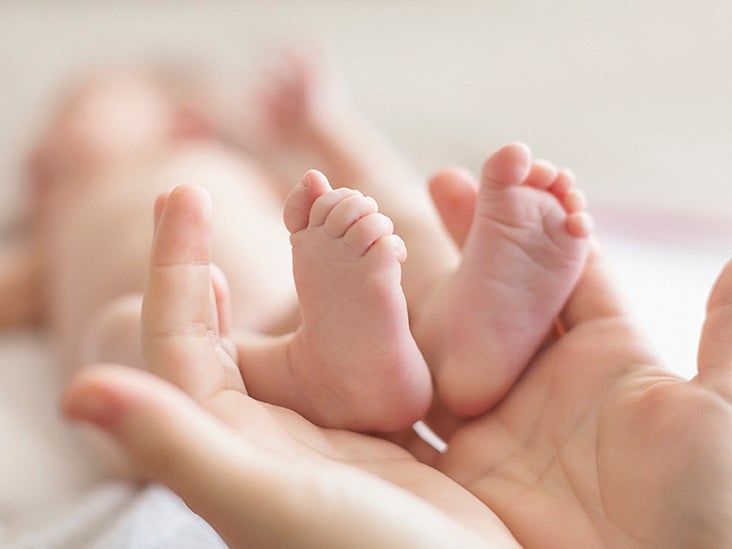



Clubfoot Repair Treatments Procedure Outlook
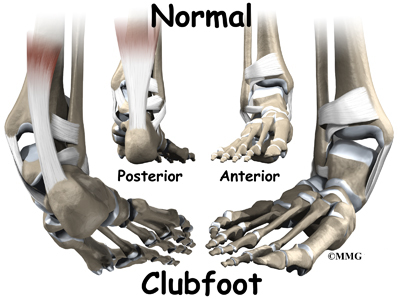



Clubfoot Eorthopod Com




Does An Overcorrected Clubfoot Caused By Surgery Or By The Ponseti Method Behave Differently Sciencedirect
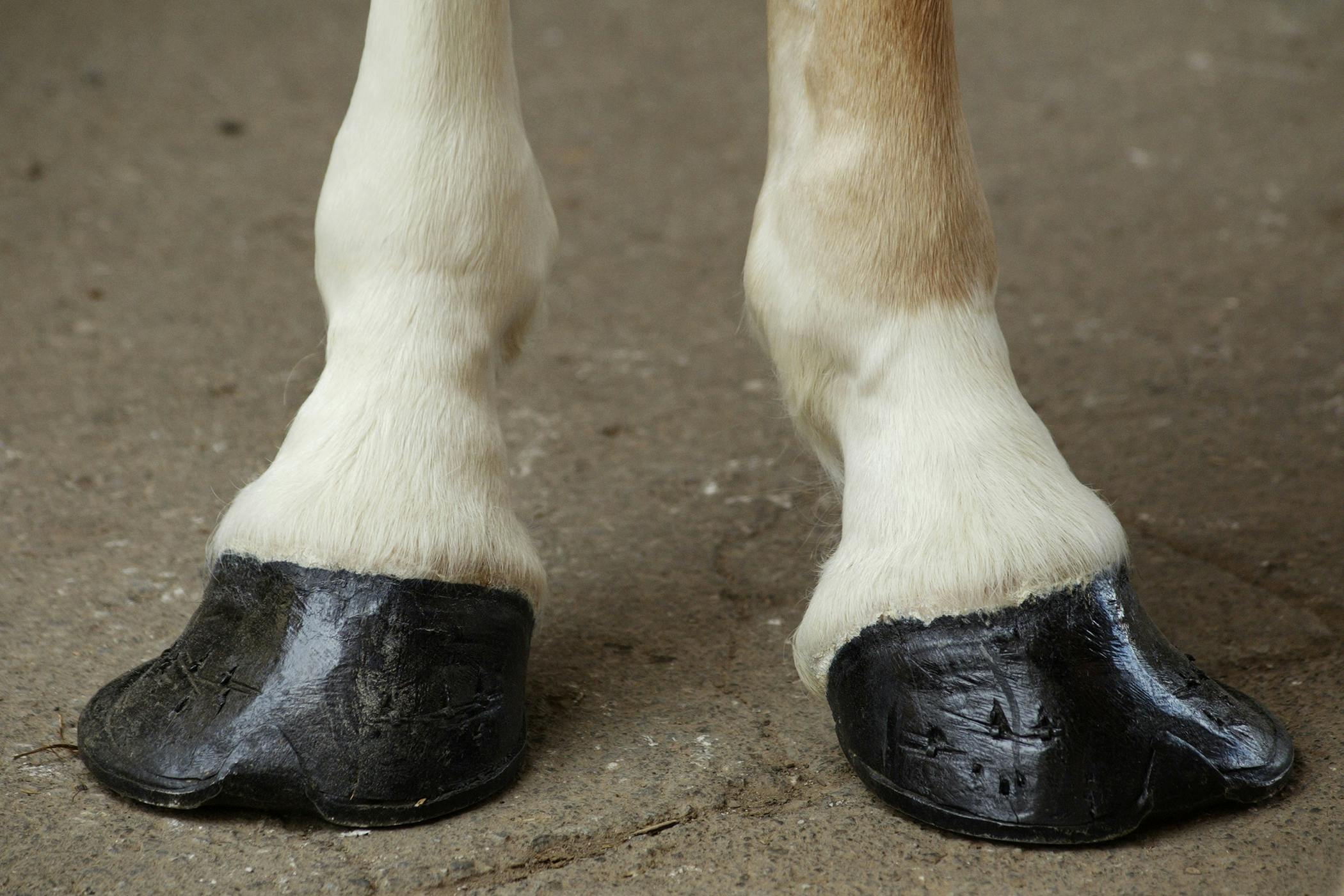



Club Foot In Horses Symptoms Causes Diagnosis Treatment Recovery Management Cost



Clubfoot Orthoinfo os



Clubfoot Orthoinfo os




Challenging Clubfeet The Arthrogrypotic Clubfoot And The Complex Clubfoot Journal Of Children S Orthopaedics
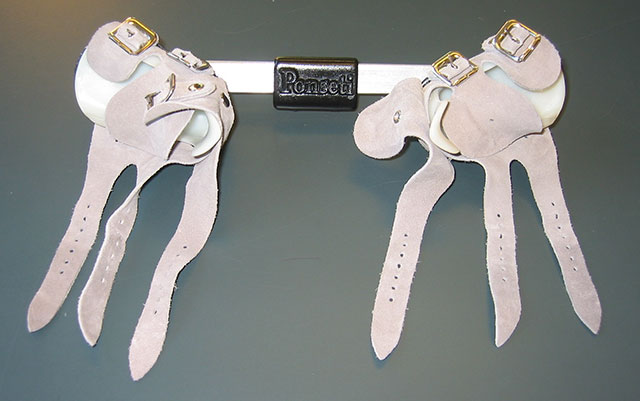



Clubfoot Johns Hopkins Medicine
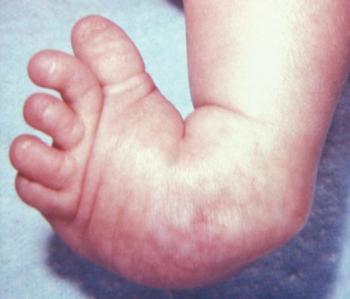



Clubfoot Causes And Treatments
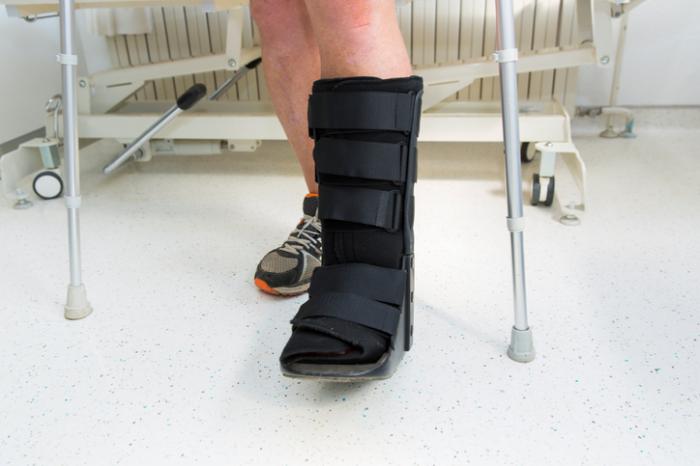



Clubfoot Causes And Treatments




Clubfoot Wikipedia




Managing The Club Foot The Horse
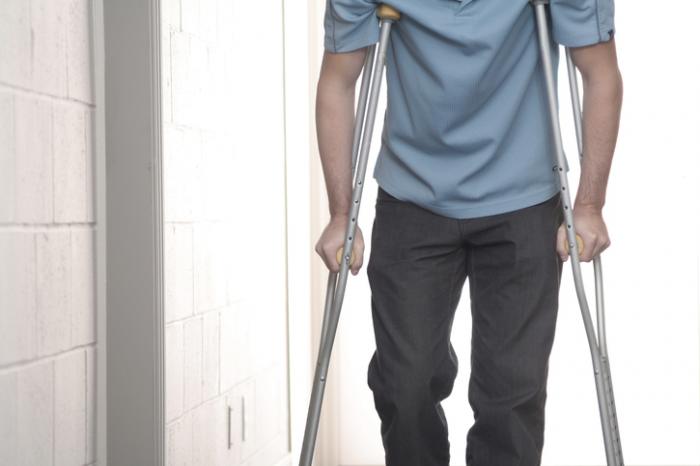



Clubfoot Causes And Treatments




Clubfoot Wikipedia




The Causes Of Congenital Club Foot Archives Of Disease In Childhood




Management Of Neglected Club Foot Ppt Video Online Download
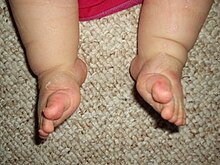



Clubfoot Wikipedia



Clubfoot Orthoinfo os




Club Foot Talipes Equinovarus Ppt Download
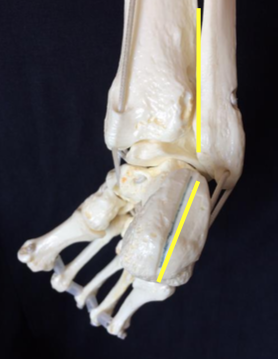



Introduction To Clubfoot Physiopedia
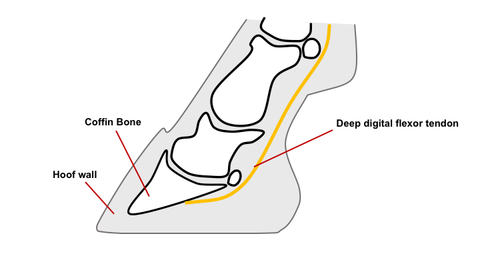



Club Feet In Foals



Clubfoot Orthoinfo os




Club Foot Congenital Talipes Equinovarus About Club Foot Patient




Fig The Club Foot Much Too High When The Condition Is Slight The Wall Of The Toe Is About As High As That Of The Heels While In The Most Marked Form




Ballerina Syndrome Where The Heels Remain Off The Ground Even At The Download Scientific Diagram




Scielo Brasil Pe Torto Congenito Pe Torto Congenito



0 件のコメント:
コメントを投稿